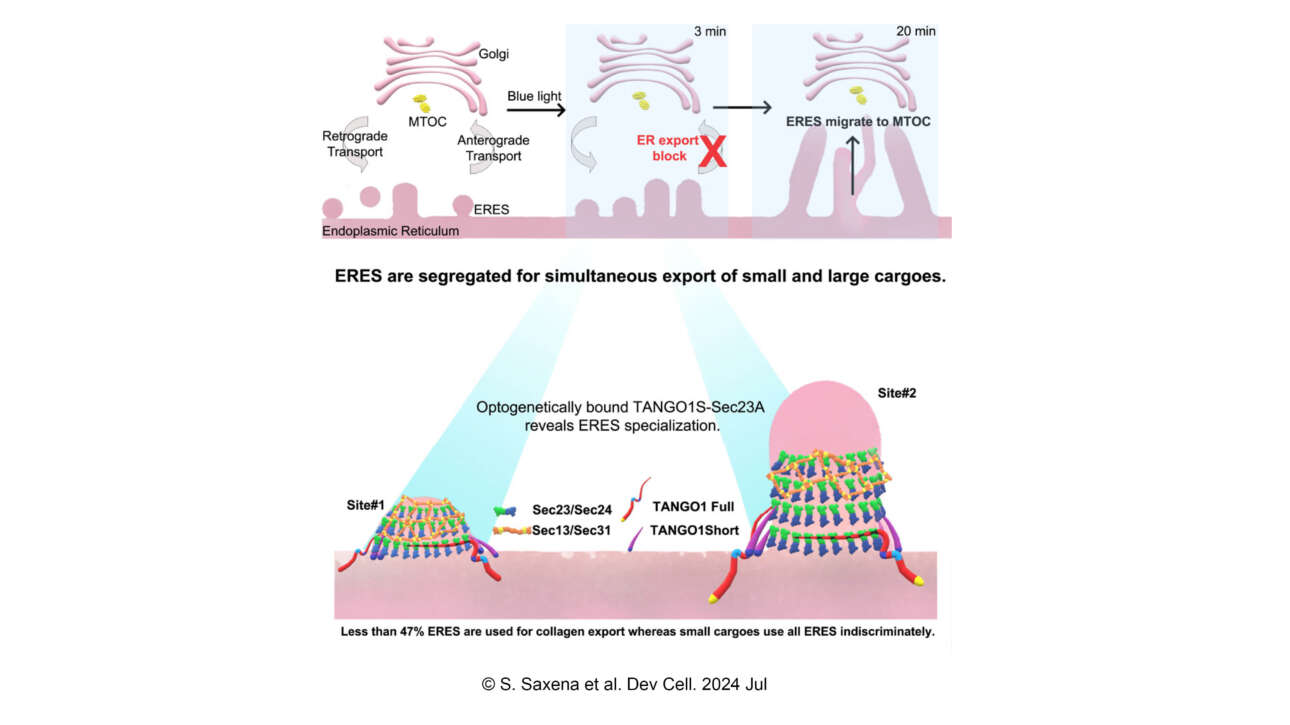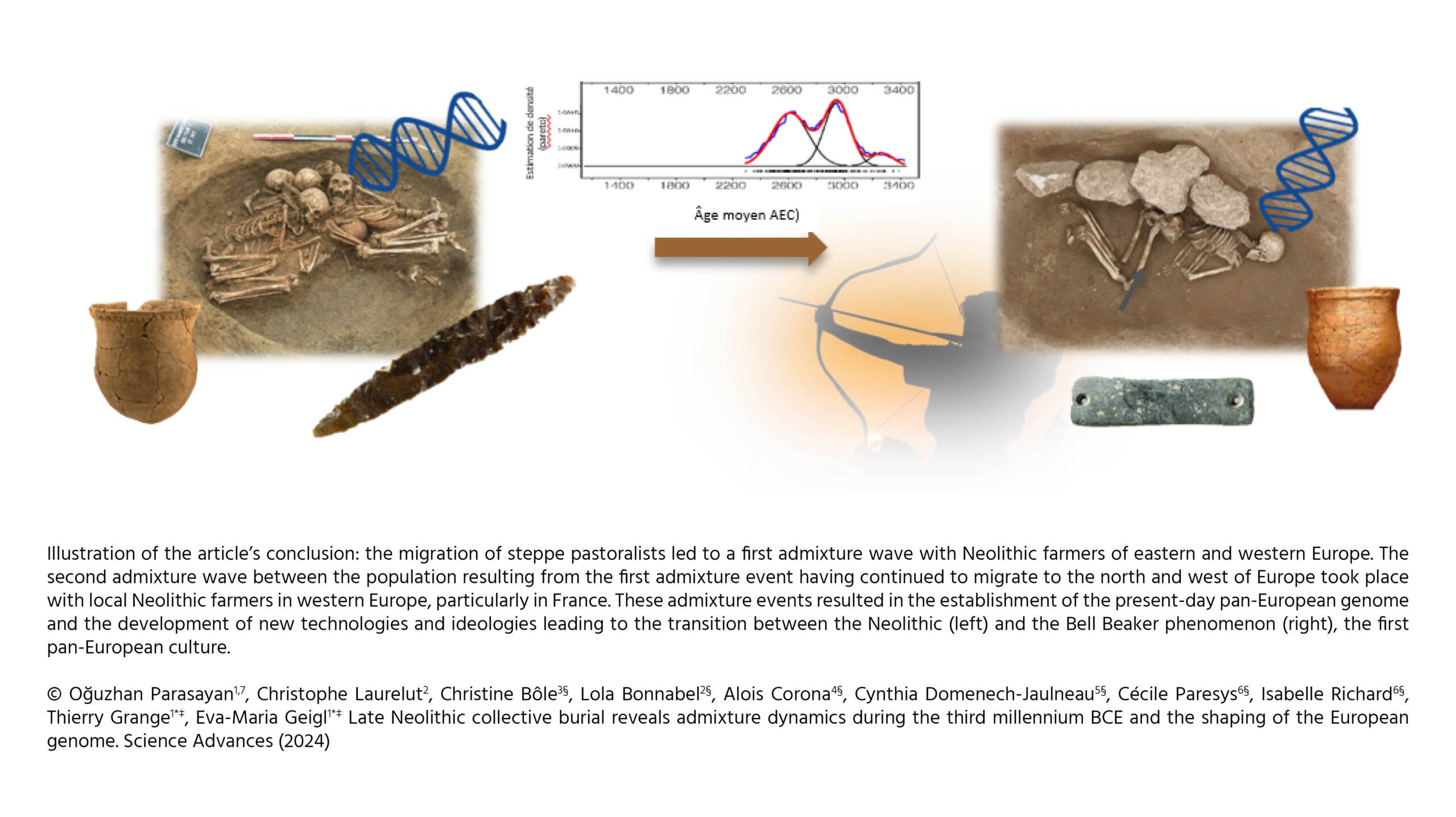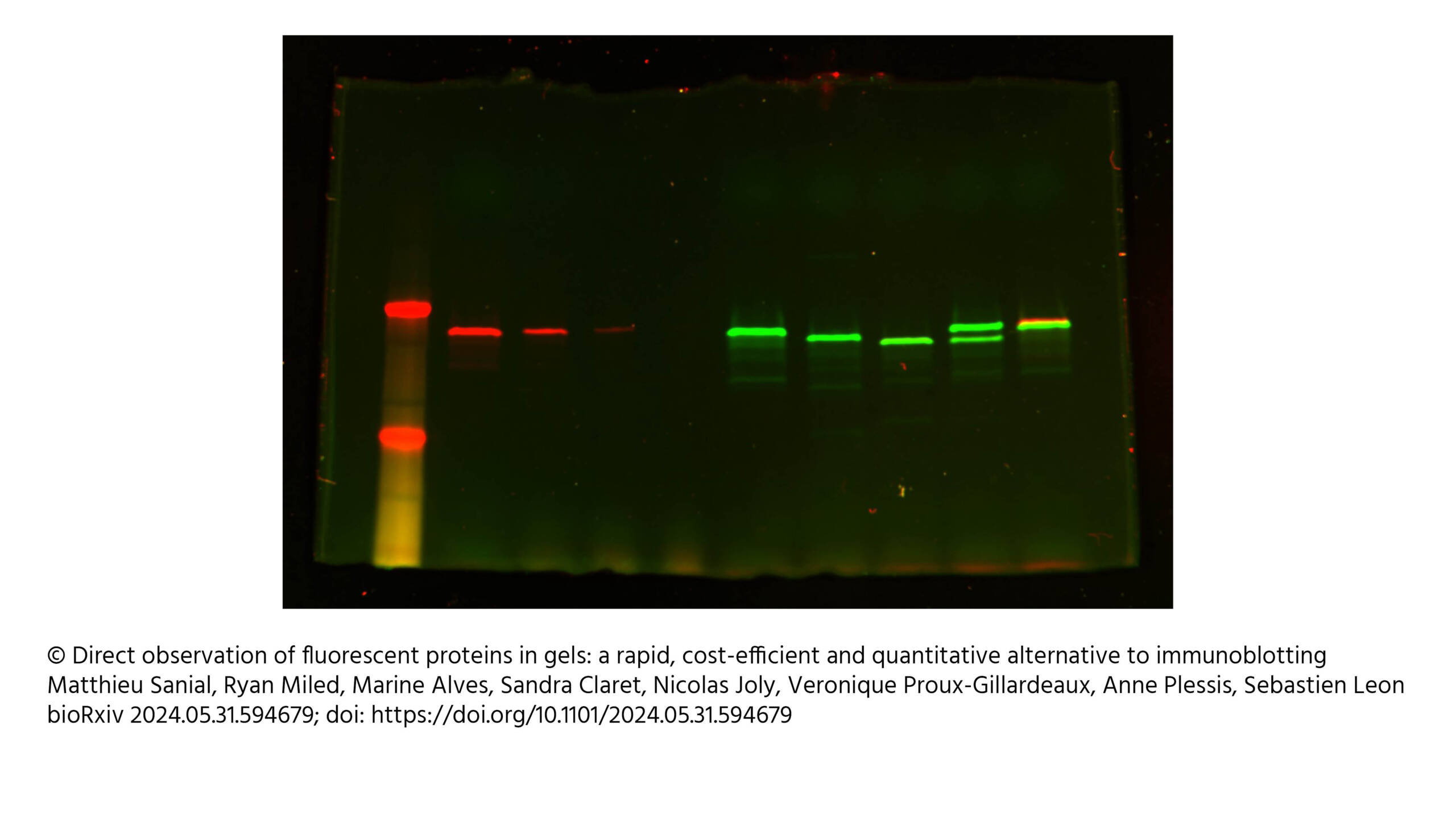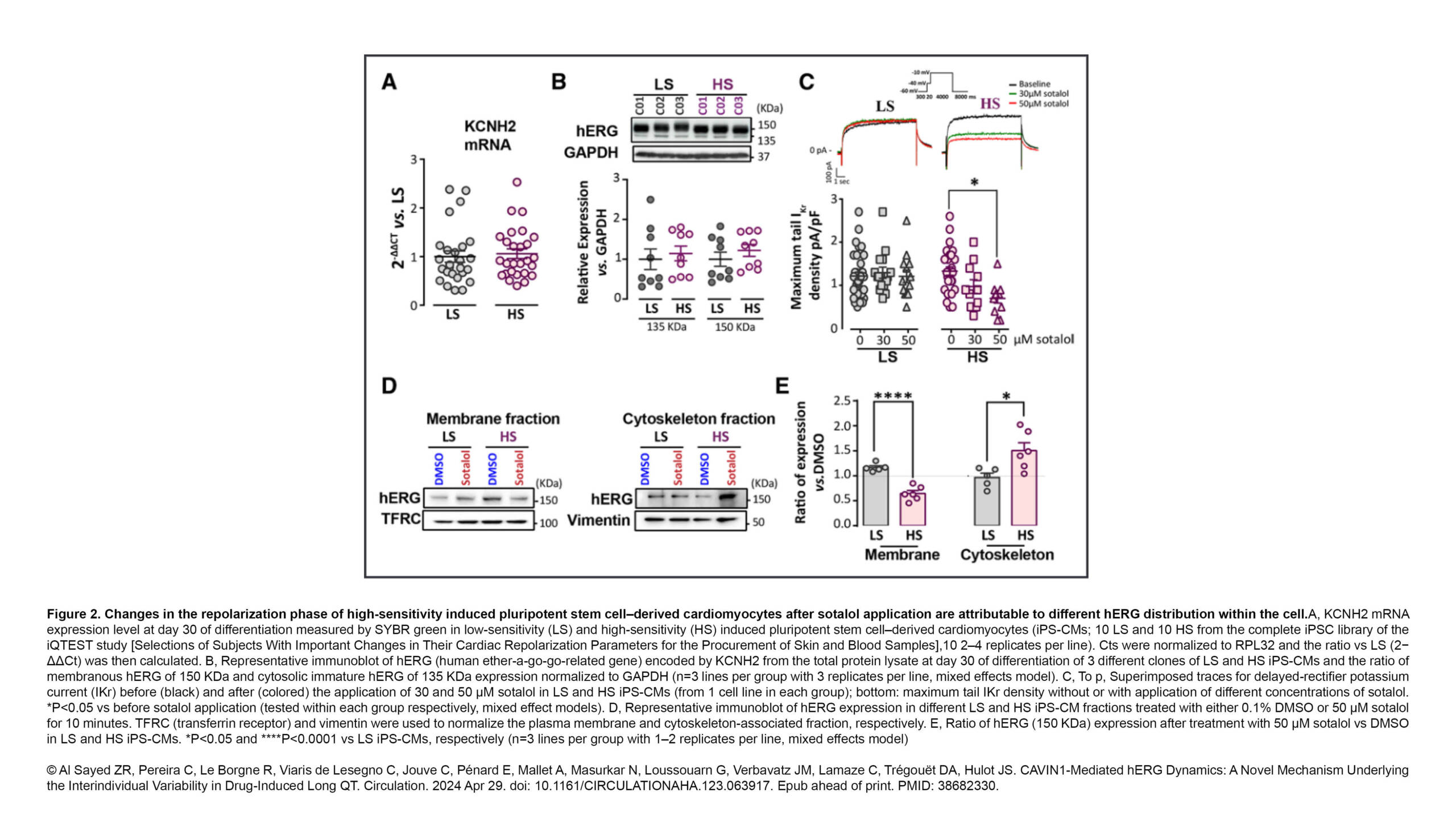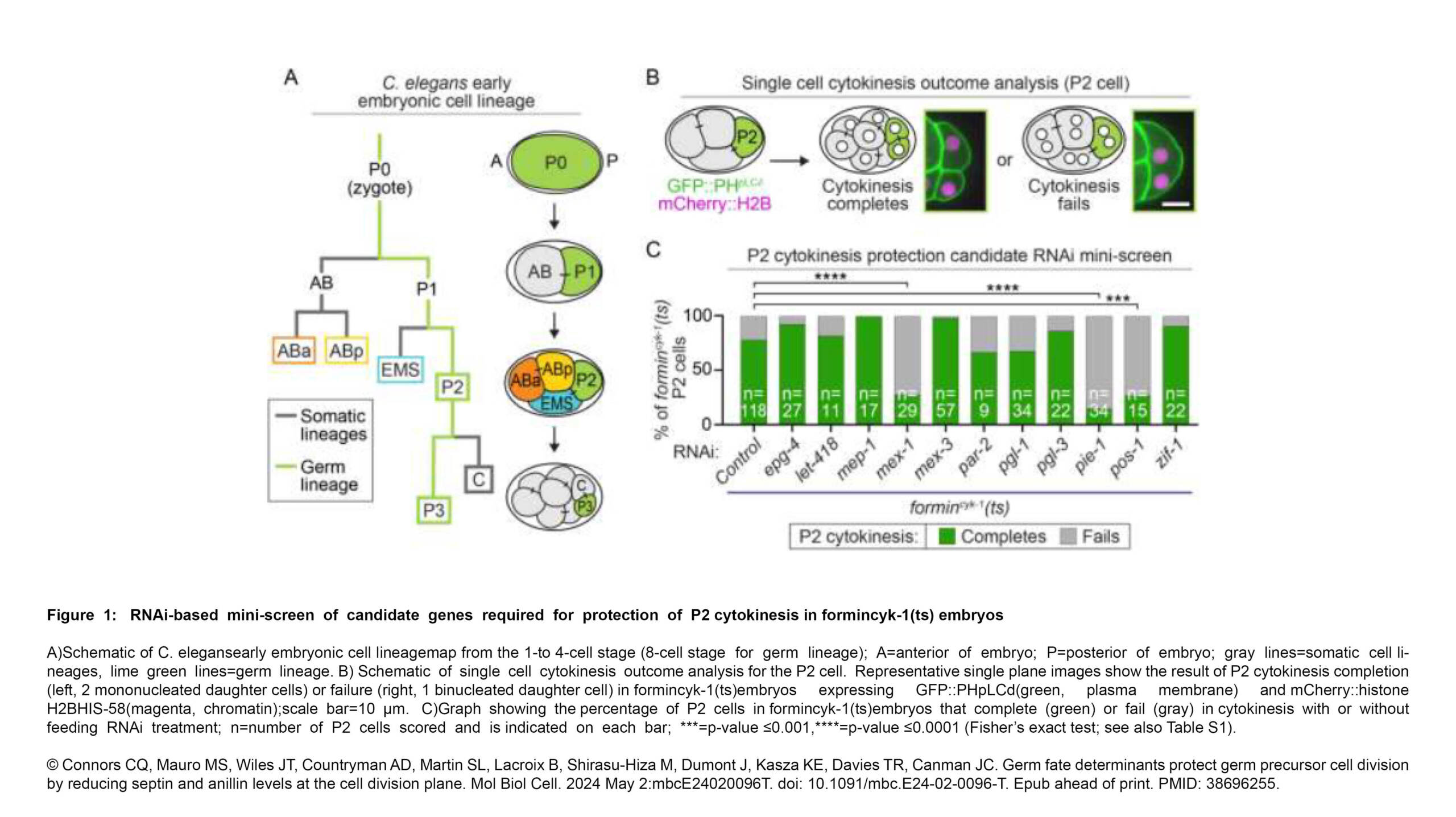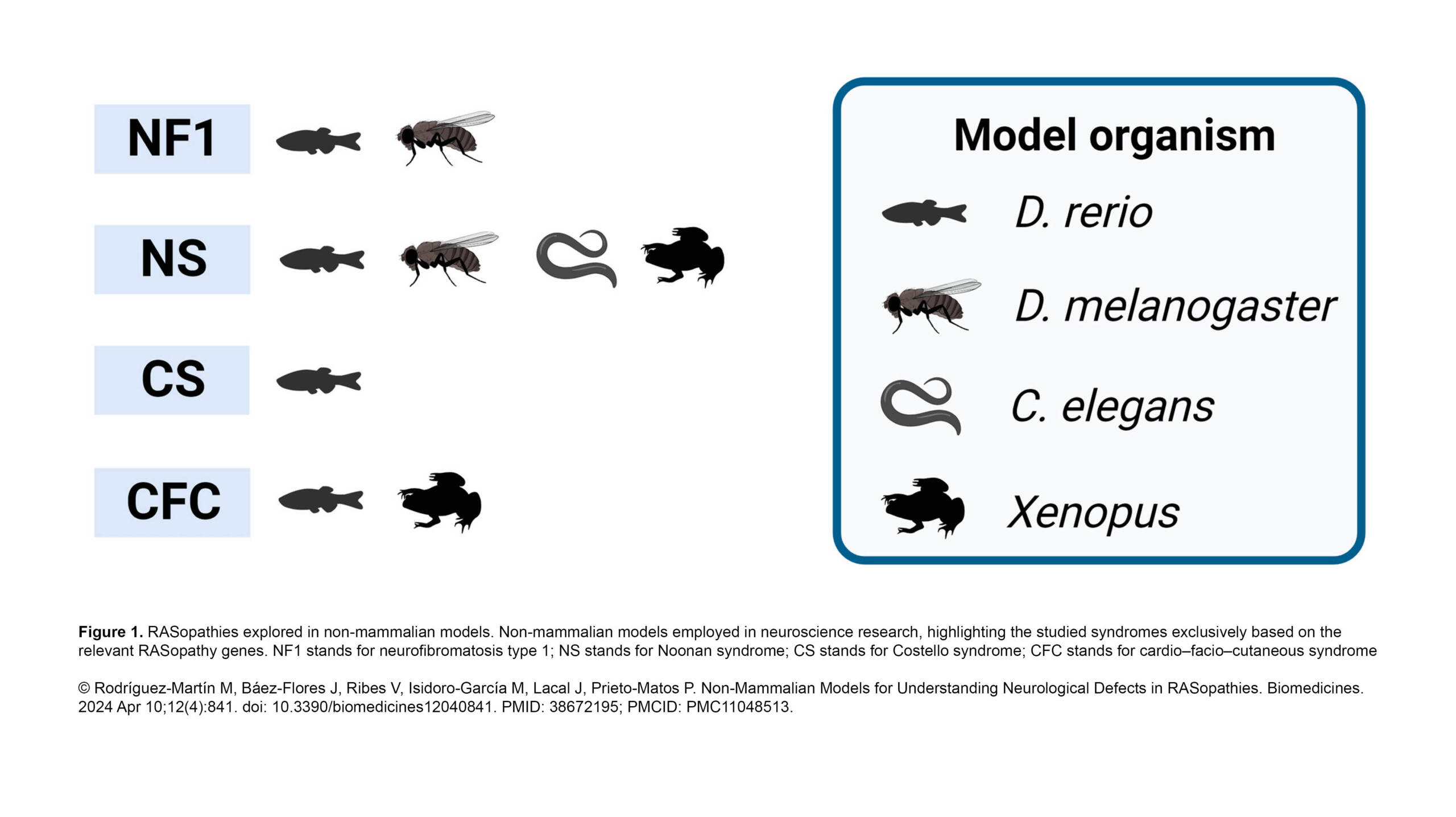L'équipe Raote a contribué à la publication d'un nouvel article dans Developmental Cell :
Endoplasmic reticulum exit sites are segregated for secretion based on cargo size
Résumé :
TANGO1, TANGO1-Short, and cTAGE5 form stable complexes at the endoplasmic reticulum exit sites (ERES) to preferably export bulky cargoes. Their C-terminal proline-rich domain (PRD) binds Sec23A and affects COPII assembly. The PRD in…
